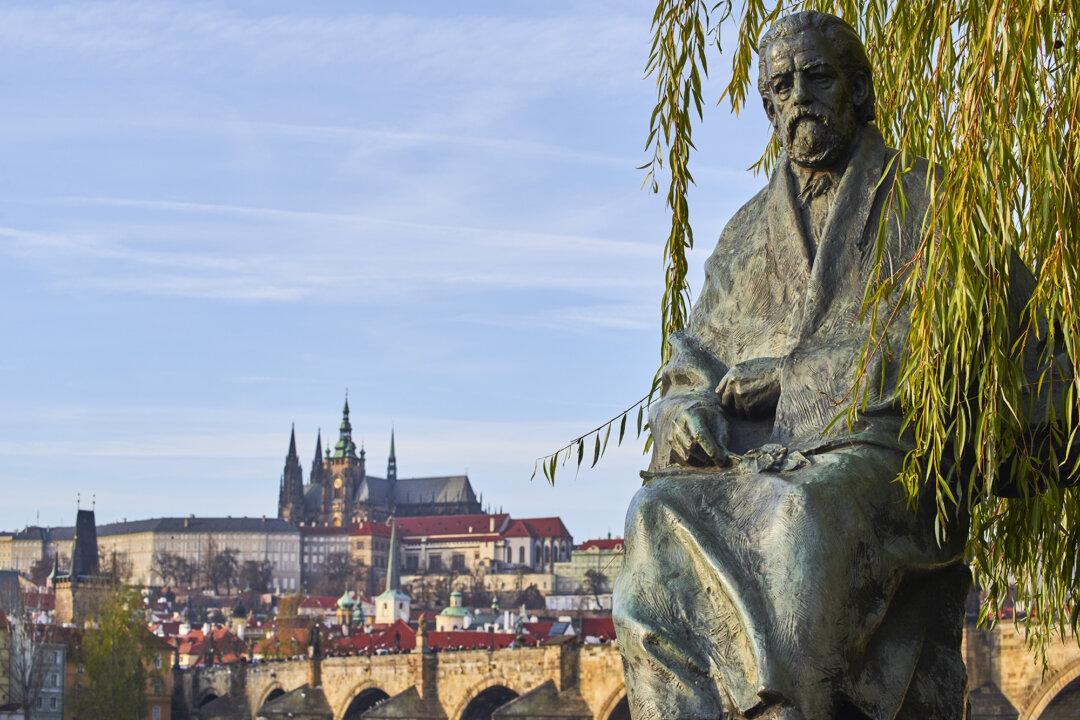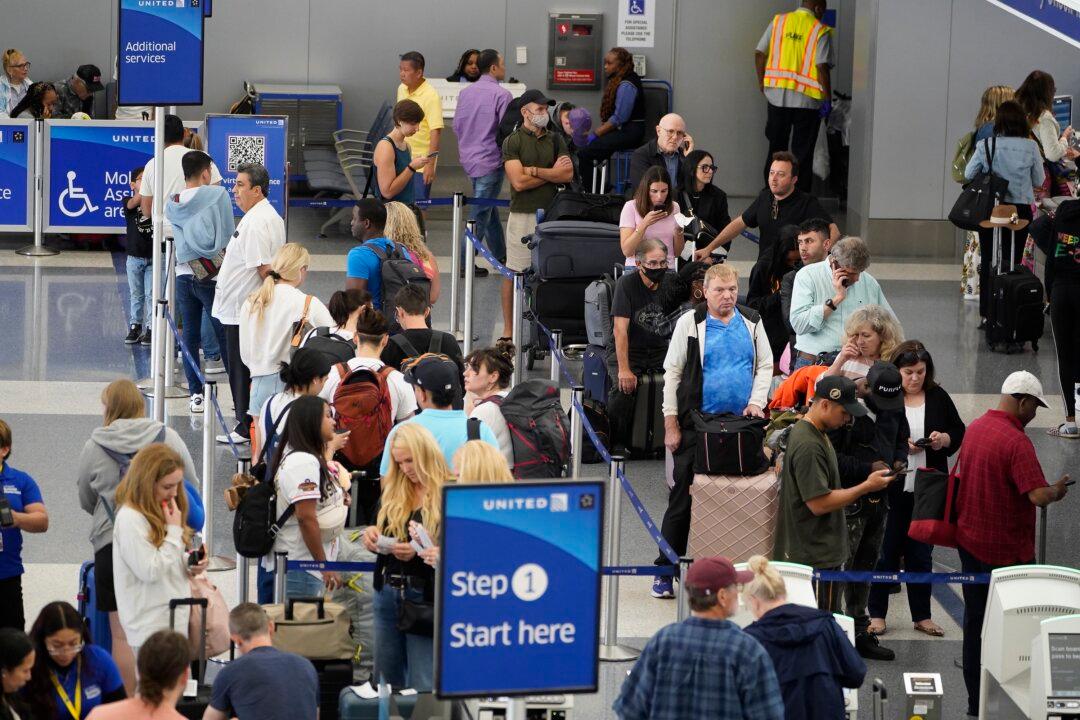When we arrived and anchored the ship, it seemed like we were surrounded by a lush, magnificent paradise right out of a picture postcard. Tall, swaying palms. White, sandy beaches. If you had a dream about an ideal spot in the tropics, this is exactly what it would look like.
But I would soon learn that, many decades ago, these islands were a nightmare for many. Perhaps it was my imagination, but as I went ashore in a little Zodiac boat, I started to feel the darkness even before hiking deeper into the shadowy light of the jungle.
I was on the Iles du Salut (Salvation Islands) in French Guiana (FG), a far-flung destination by any standard. Sitting along the northern coastal fringes of South America, FG is an overseas department and region of France, with the same status as Martinique, Guadeloupe, and Réunion. With a land area a little bigger than the state of Maine and a population of fewer than 300,000, it remains remote and mostly wild.
Most of the people live clustered in the capital, Cayenne, on the Caribbean coast. Covered in dense Amazonian rainforest, the interior of the territory has few roads, towns, or facilities and is mostly accessible only by river. Technically the outermost edge of the European Union, French Guiana is home to both the EU’s largest national park and the European Space Agency’s primary launch site.

A Prison Colony
I could see the tower-like launch facilities on the horizon as I hopped in the little boat and headed over to Ile Saint-Joseph. They rose above the mainland at the Guiana Space Center in Kourou, 7 1/2 nautical miles away across flat, electric-blue water. While those spires symbolize a shining future, I was immediately surrounded by the past once I stepped ashore.

The French first attempted settlement in FG in the 17th century, and by the 18th century, it was clear that things were not going well. The hot, humid conditions and many tropical diseases killed most of the colonists. The three Iles du Salut (Salvation Islands) got their name because French missionaries fled here, offshore, to escape a spreading plague on the mainland.
So France took a page out of Britain’s book and made FG their own Australia. The French penal colony here, known collectively as Devil’s Island, lasted from 1852 to 1953. Being sent to this place was essentially a death sentence—less than 10 percent survived their sentences.
Any breeze on the shoreline was soon just a memory as I climbed through the thick, jungle-like humidity toward the middle of Ile Saint-Joseph. Starting in 1897, jailers used this island for especially hard cases, placing prisoners here in solitary confinement. The prison walls are still as ugly as ever. But nature is slowly but surely taking this place back.
Huge trees now grow throughout the complex, strangely making it feel a little like Ta Prohm temple in Cambodia. Above, a short-tailed hawk soared. And below, a line of leaf-cutter ants was a marvel. “They know when to stop and go, and when there’s danger, all by scent,” a guide told me as I crouched low to the ground, watching the line of ants with great curiosity.




Redeeming Devil’s Island
After a nice lunch back on the ship, the afternoon felt a little sunnier and not as heavy. For starters, I was surprised to encounter some overnight, noncruise tourists when we arrived at Ile-Royale, the largest of the three Salvation Islands and the old penal colony’s administrative heart.Making my way along a path from the shore, I bumped into a couple walking back from the beach. Fumbling with my very rusty French, I asked them how to reach a few of the more prominent sites. They directed me to take a right turn on a level trail under big, bending palms.
A few minutes later I spotted Diable, the island that once held political prisoners, across a blue stretch of narrows. Two men made this place both famous and infamous. The wrongly accused and scapegoated political prisoner Alfred Dreyfus spent nearly five years on Île du Diable before returning to France. And Henri Charrière, a safecracker, was falsely jailed for murder here before escaping on a coconut raft to Venezuela. His novel, “Papillon,” became a worldwide bestseller and was turned into a 1973 film starring Steve McQueen and Dustin Hoffman. (It was also remade in 2017.)

Near where I stood, there were still the remains of a cable car that had transported food and supplies (and people) across the crashing waves in these narrows. There was also a brown capuchin monkey sitting on a lower branch of a tree, working hard to crack open a coconut.
My final stop was up a long set of stairs. Huffing and puffing in the afternoon heat, I reached the top and found a whole town. Or the remains of it, anyway.
I toured the ruins of a big hospital, more cell blocks, and homes that still house workers. It was soon time for a break. Fortunately, this part of the island has a hotel, restaurant, bar, and souvenir shop, all at the weathered but well-kept Auberge des Iles. It was all brick and tin and slatted, wooden doors. Inside, powerful ceiling fans pushed around the sultry air. Grabbing my drinks, I headed back outside.
I sat down in the shade at a plastic table with a beer and an Orangina. The cold liquid tasted like heaven. Peacocks, strange and beautiful, waddled nearby. Hotel guests lingered over late afternoon canapés and icy beverages. Paradise? In the past, it most certainly wasn’t. But in that tropical moment, it definitely felt that way to me.








